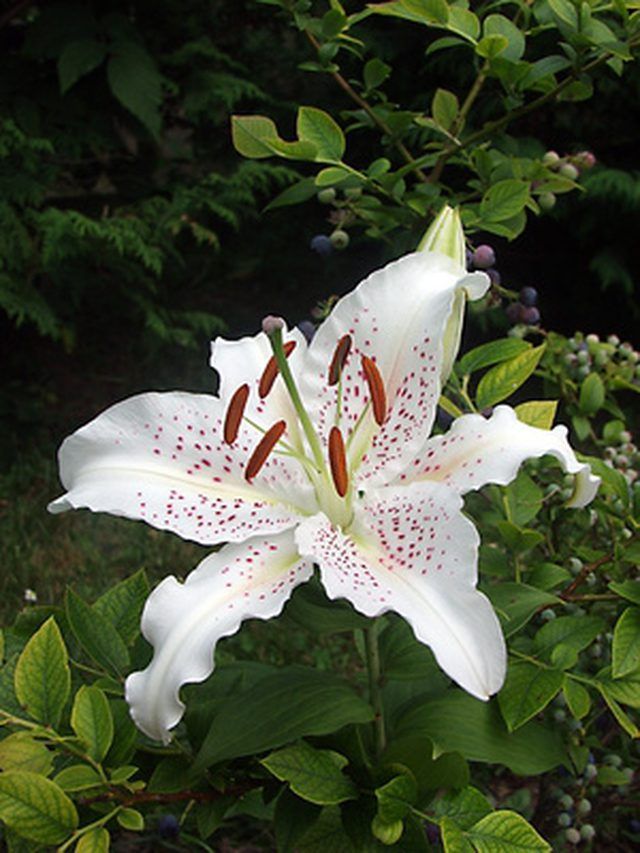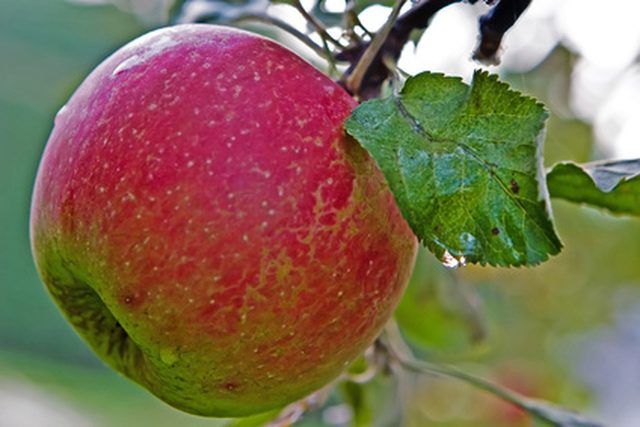Bulbs
Flower Basics
Flower Beds & Specialty Gardens
Flower Garden
Garden Furniture
Garden Gnomes
Garden Seeds
Garden Sheds
Garden Statues
Garden Tools & Supplies
Gardening Basics
Green & Organic
Groundcovers & Vines
Growing Annuals
Growing Basil
Growing Beans
Growing Berries
Growing Blueberries
Growing Cactus
Growing Corn
Growing Cotton
Growing Edibles
Growing Flowers
Growing Garlic
Growing Grapes
Growing Grass
Growing Herbs
Growing Jasmine
Growing Mint
Growing Mushrooms
Orchids
Growing Peanuts
Growing Perennials
Growing Plants
Growing Rosemary
Growing Roses
Growing Strawberries
Growing Sunflowers
Growing Thyme
Growing Tomatoes
Growing Tulips
Growing Vegetables
Herb Basics
Herb Garden
Indoor Growing
Landscaping Basics
Landscaping Patios
Landscaping Plants
Landscaping Shrubs
Landscaping Trees
Landscaping Walks & Pathways
Lawn Basics
Lawn Maintenance
Lawn Mowers
Lawn Ornaments
Lawn Planting
Lawn Tools
Outdoor Growing
Overall Landscape Planning
Pests, Weeds & Problems
Plant Basics
Rock Garden
Rose Garden
Shrubs
Soil
Specialty Gardens
Trees
Vegetable Garden
Yard Maintenance
What Part of the Plant Makes Seeds?
What Part of the Plant Makes Seeds?. In flowering plants, the female reproductive structures that produce seeds are contained within the carpels of the flower. A carpel consists of the stigma, style and ovary. The ovary contains ovules (eggs) that become seeds once they are fertilized.

In flowering plants, the female reproductive structures that produce seeds are contained within the carpels of the flower. A carpel consists of the stigma, style and ovary. The ovary contains ovules (eggs) that become seeds once they are fertilized.
Pollination
Seeds are formed when the male gametes contained in pollen come in contact with the female gametes (ovules) through a process called pollination. Many plants rely on pollinator animals such as a bees or butterflies to transfer pollen from the anther of one flower to the stigma of another flower. From the stigma, pollen travels down the tube-like structure called the style into the ovary where fertilization of the ovules takes place. Once fertilized, the ovules grow into seeds.
Angiosperms
Angiosperms are the largest and most common group of seed-bearing plants. Angiosperms are vascular plants that produce both flowers and fruit. The fruit of the angiosperm encloses the seed, providing nourishment and protection to the growing embryo. Examples of angiosperms include corn, wheat, roses and apple trees.

Gymnosperms
Gymnosperms are vascular plants that bear "naked" seeds---that is, seeds not enclosed in fruit. The most well-know group of gymnosperms are conifers (such as pine trees and fir trees.) Conifer seeds are contained within cones instead of flowers.